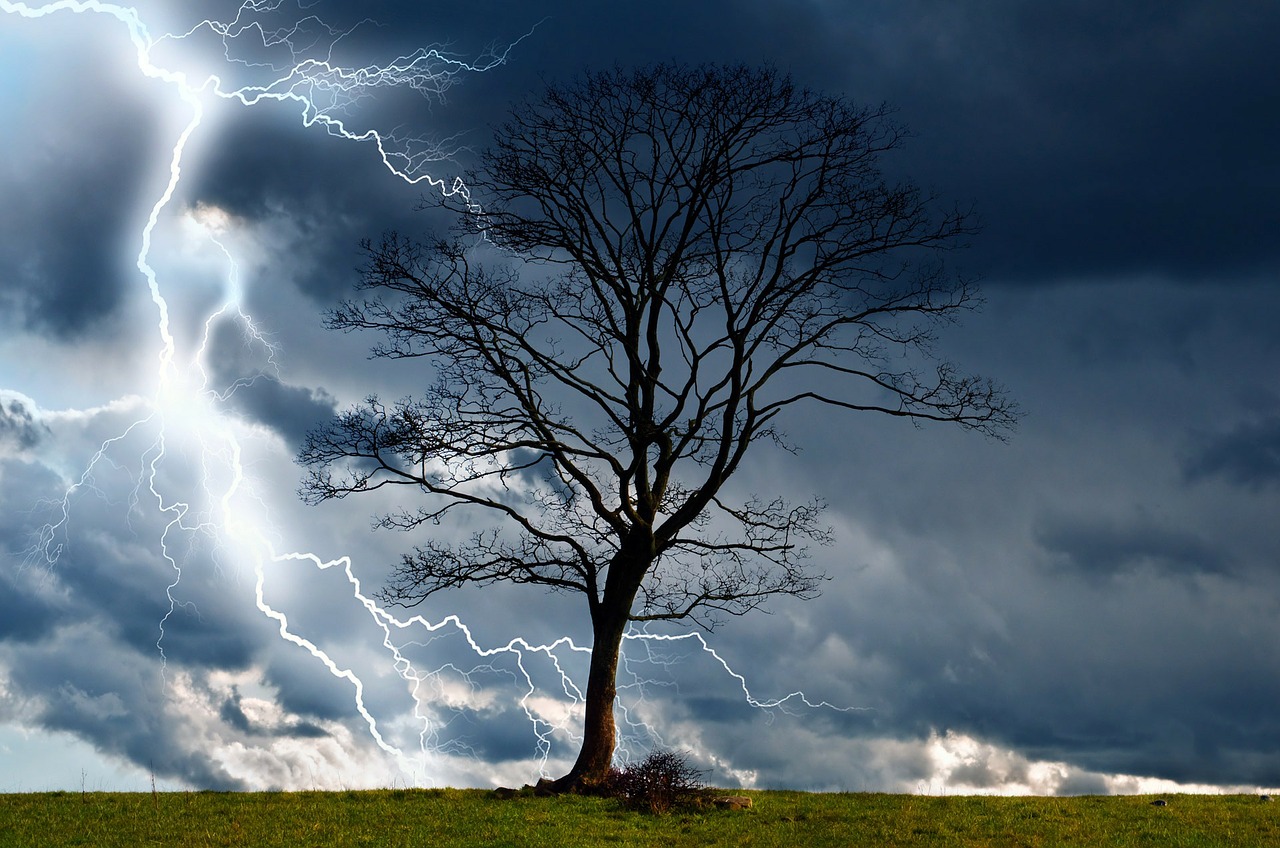
In a major weather emergency or a natural disaster, it’s important to keep your cell phone handy and working. Be prepared for a possible power outage.
During a power outage:
- Turn off phone’s location, Wifi, NFC, Bluetooth and any background apps to preserve battery power. Dim the screen to the lowest point that you can comfortably read it.
- Avoid using the phone unless necessary.
- If your phone supports “low power mode,” enable that feature as soon as the power goes out.
- iPhone — go to Settings, scroll down to Battery and select Lower Power Mode. That will reduce power consumption by disabling Siri, background apps, mail fetching and other power hungry activities
- Samsung phones –Go to Settings and then Device and then Battery and select “ultra power saving mode”
- Other phones — Use a search engine to search for “power saving mode” + the name of your phone to see if it is available
- If you have access to a car, consider charging it from the car’s power plug if you don’t have power at home
- If the power comes back on, plug your phone back in. You never know when it will go out again
Other devices:
- If the power does go out, it’s a good idea to unplug computers and TV sets to protect against a power surge when it comes back on. Don’t panic if you forget. You’re probably OK, but it’s still a good idea.
- Avoid opening refrigerator and freezer doors to keep the cold in.
- Be aware that home security systems may not work during a power failure.
Before an outage:
- Batteries, flashlights and portable radios are a must. Also consider flashlights and radios with a crank that don’t even need batteries.
- Be sure to have everyone at your home charge their cell phones, tablets and laptops ahead of any possible power outage. Even if you don’t use the laptop, you can use it to charge your cell phone later (via its USB port)
- If you have a landline, have a corded (not cordless) phone plugged in that will work without power (as long as phone lines are OK).
- Be aware that landlines can fail and even cell phones could be unavailable if their towers are down or if the network is overwhelmed.
- Consider an uninterruptable power supply or UPS that can keep your computer, broadband modem and Internet router charged for at least a couple of hours.
- Consider parking your car away from big trees during a major wind storm so it’s there for you if you need it.
- Have a plan for where you can go if you need Wi-Fi access and have no power or Internet access at home or work.
- Get an external backup battery for your cell phone that can recharge the battery even if the power goes down.
- Get a car-adapter so you can plug your cell phone into your car’s cigarette lighter plug.
- Know how to set up a Wi-Fi hotspot from your phone (also called “tethering”) so you can access the Internet on your laptop if your home Internet connection is disrupted (data charges may apply so don’t use it to stream video).